The Queen: Reporting on the monarch's visits to Northern Ireland
- Published
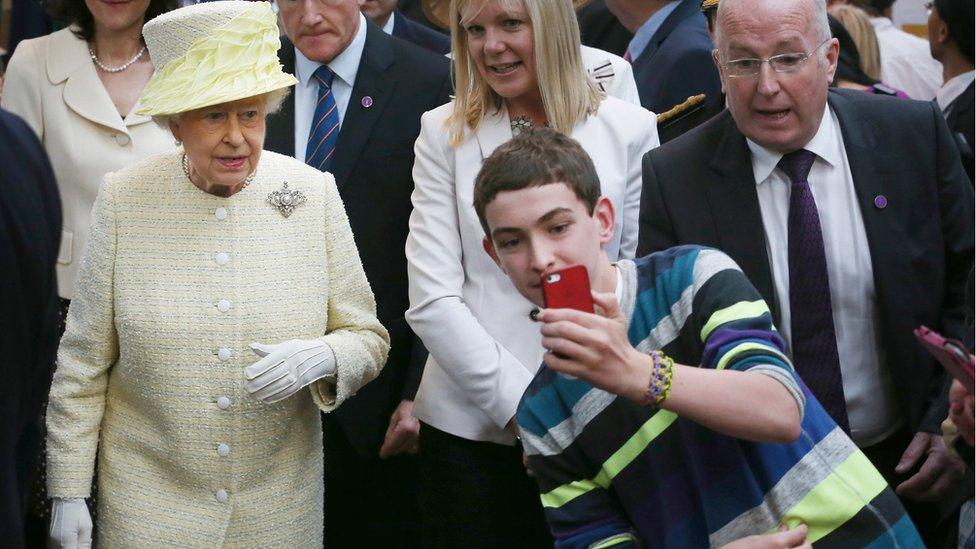
There was a momentary panic when a 14-year-old boy suddenly emerged from the crowd and stood in front of the Queen at a Belfast market.
There was no need to worry. The teenager just wanted a selfie photograph as the Queen went on a walkabout.
The scene was St George's Market in the summer of 2014, during one of the 13 visits the Queen made to Northern Ireland after the signing of the Good Friday Agreement in 1998.
The relatively relaxed security arrangements were a far cry from her visit to Lisburn in 1991 - a visit I covered as a young newspaper reporter.
It was her first visit in 14 years and a ring of steel had been thrown around every venue.
I was told to bring photographic identification. It was checked, then double-checked then checked again. A police officer even flicked through my notebook to ensure there was nothing untoward inside it.
No chances were taken. There were certainly no city centre walkabouts.
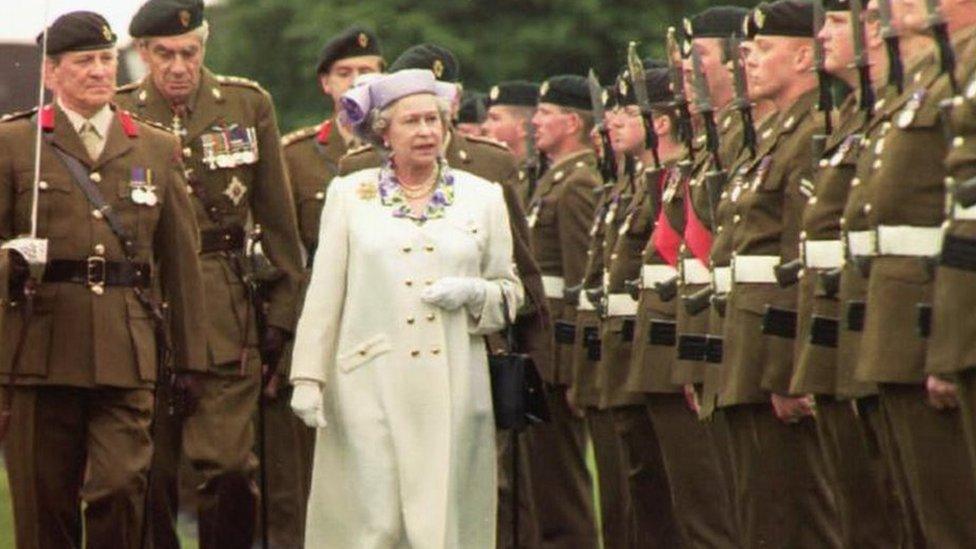
The Queen presented colours to four battalions of the Ulster Defence Regiment in Lisburn, Northern Ireland, during a visit in 1991
The main engagement was at the heavily-fortified Army headquarters in Northern Ireland at Thiepval Barracks.
Later, in a speech at the royal residence Hillsborough Castle, the Queen said: "Northern Ireland is a beautiful place."
For security reasons, she was not able to see much of it in person.
As the peace process took hold, she was able to travel more often, more widely and stay longer.
In May 2002, she came for three days. A member of staff at Hillsborough told me that that if one of her horses was racing in England, she would ask for the TV coverage to be recorded for her to watch later that evening.
Her love of horses was one of the reasons she was keen to visit the Republic of Ireland. She went to the Irish National Stud horse-breeding centre in Kildare during her four-day trip to Ireland in 2011.
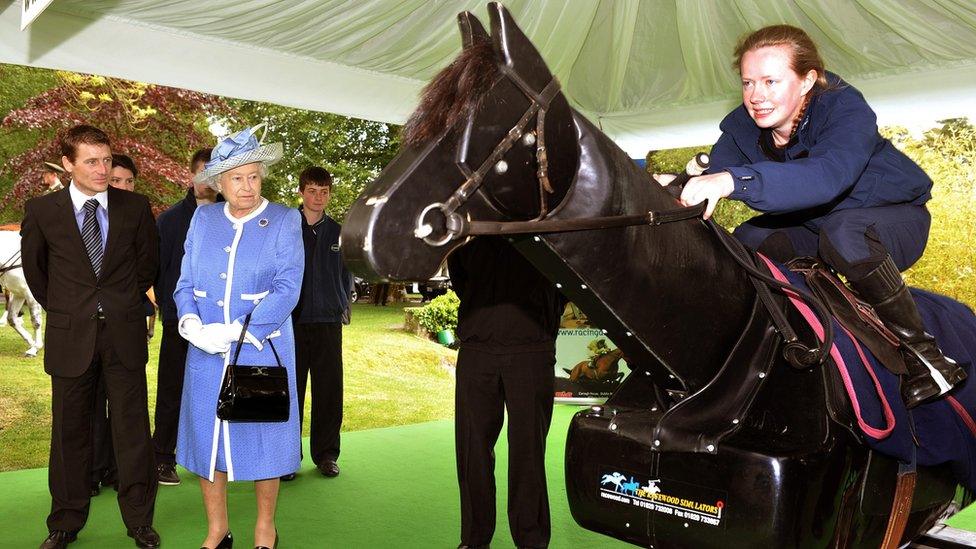
The Queen indulged her love of horses during her state visit to Ireland
The visit was hugely significant politically and historically, the first by a British monarch since Irish independence.
At the same time, it was striking how at ease the Queen looked.
While political pundits and royal commentators analysed and scrutinised her every word and every step, she seemed to be genuinely enjoying herself.
She later reflected on the trip saying: "I treasure my many memories, and the spirit of goodwill I saw at first hand."
She made many gestures of goodwill by her own actions. One of the most powerful came when she walked from a Protestant church to a Catholic church in Enniskillen in 2012.
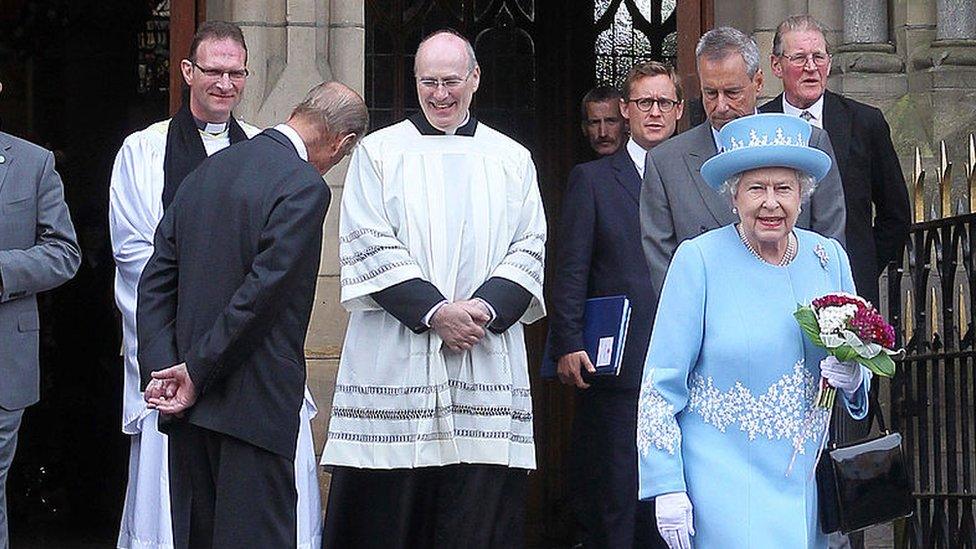
Queen Elizabeth II visited St Michael's Roman Catholic Church in Enniskillen 2012
Watching her cross the street that day, it was clear she wanted to send out a message, and try to set an example.
In what turned out to be her last detailed statement on Northern Ireland, in May 2021, she set out her concerns as well as her hopes for the future.
The Queen said: "It is clear that reconciliation, equality and mutual understanding cannot be taken for granted, and will require sustained fortitude and commitment. During my many visits to Northern Ireland, I have seen these qualities in abundance, and look forward to seeing them again on future occasions."
She had been due to visit Armagh in October last year but the trip was cancelled at the last minute due to her ill health.
It turned out to be the first sign that the Queen's mobility had significantly deteriorated.
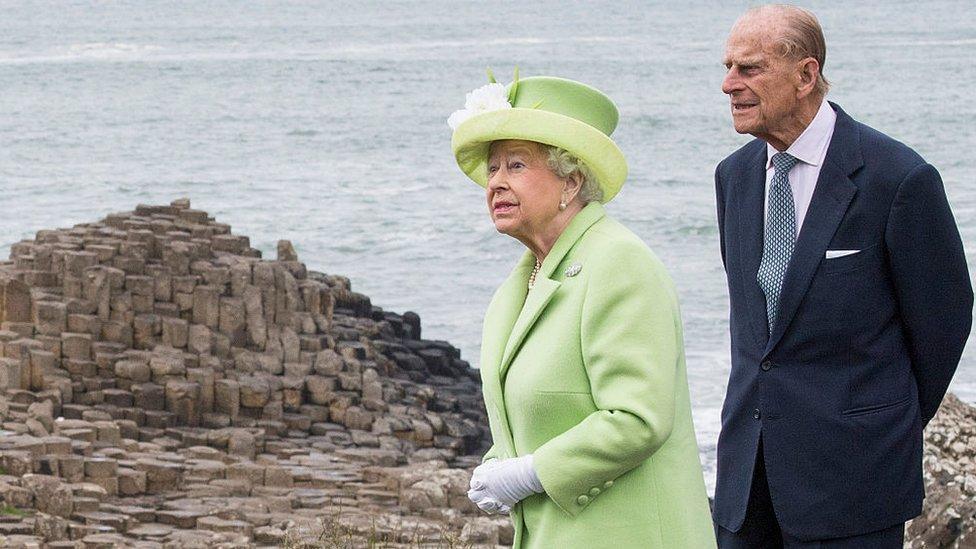
The Queen's visit in June 2016, which included a trip to the north coast, would be her final time in Northern Ireland
She was not well enough to visit Northern Ireland again.
In total she made 25 visits: three before she ascended the throne, and 22 as Queen.
As the head of state, she embodied Britishness and in Northern Ireland's divided society, she was often presented as the main symbol of unionism.
However, in terms of respect and admiration, her reach was much broader, particularly in latter years.
Related topics
- Published9 September 2022

- Published9 September 2022
